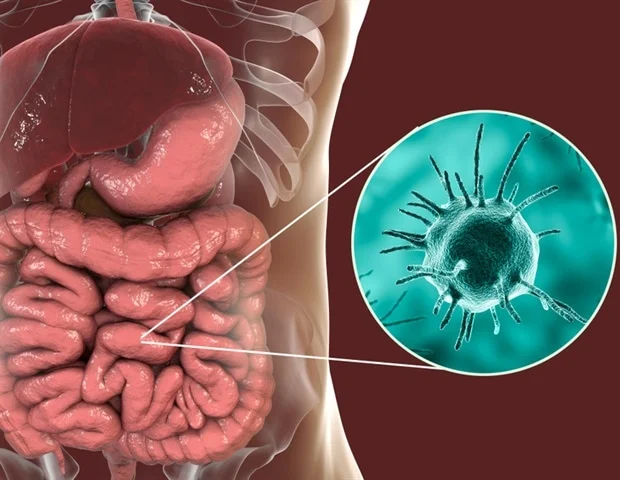In the world of cosmetic treatments, Botox injections and dermal fillers are two of the most popular options for reducing signs of aging and enhancing facial features. While both treatments involve injections and aim to improve appearance, they serve different purposes and work in distinct ways. Understanding these differences is essential for anyone considering cosmetic enhancements to make informed decisions and achieve natural, satisfying results.
If you are exploring options, consulting the Best Dermatologist in Riyadh (حقن البوتوكس في الرياض)can provide expert guidance tailored to your unique needs and goals. This blog will explain the key differences between Botox injections and fillers, how each treatment works, what to expect during and after the procedures, and their respective benefits.
What Are Botox Injections?
How Botox Works
Botox injections contain a purified form of botulinum toxin, which works by temporarily relaxing the muscles responsible for facial expressions. When injected into specific muscles, Botox blocks nerve signals that cause muscle contractions, thereby smoothing out dynamic wrinkles—those caused by repeated facial movements such as frowning, squinting, or smiling.
Common Uses of Botox
Botox is primarily used to treat wrinkles in the upper face, including:
Forehead lines
Frown lines between the eyebrows
Crow’s feet around the eyes
Beyond cosmetic purposes, Botox can also help with medical conditions such as excessive sweating, migraines, and muscle spasms.
Duration and Results
After Botox injections, results typically begin to appear within a few days and reach their full effect after about two weeks. The effects usually last between three to six months, after which repeat treatments are needed to maintain smoothness.
What Are Dermal Fillers?
How Fillers Work
Dermal fillers are injectable gels made from substances such as hyaluronic acid, a natural component found in the skin that helps maintain volume and hydration. Unlike Botox, fillers add volume beneath the skin to “fill in” wrinkles, restore lost facial fullness, and enhance contours.
Common Uses of Fillers
Fillers are most commonly used to address:
Deep wrinkles and folds, such as nasolabial lines (smile lines)
Hollow cheeks or temples
Thin or uneven lips
Jawline contouring
They are ideal for static wrinkles—those visible even when the face is at rest—caused by volume loss due to aging.
Duration and Results
The results of dermal fillers are usually visible immediately after treatment. Depending on the type of filler and the area treated, effects can last from eight months to over a year before the body gradually absorbs the substance.
Key Differences Between Botox Injections and Fillers
| Aspect | Botox Injections | Dermal Fillers |
|---|---|---|
| Purpose | Relax muscles to reduce dynamic wrinkles | Add volume to fill static wrinkles and enhance contours |
| Target Areas | Forehead, frown lines, crow’s feet | Cheeks, lips, nasolabial folds, jawline |
| Mechanism of Action | Blocks nerve signals to muscles | Plumps skin by adding volume |
| Onset of Results | Within a few days, full effect in 1-2 weeks | Immediate visible improvement |
| Duration of Effect | 3 to 6 months | 8 to 12 months or longer |
| Treatment Time | About 10 to 15 minutes | 15 to 30 minutes |
| Common Side Effects | Mild bruising, temporary muscle weakness | Swelling, bruising, tenderness |
Can Botox and Fillers Be Combined?
Many patients benefit from combining Botox and fillers in a single treatment session to address different signs of aging simultaneously. For example, Botox can soften forehead lines while fillers restore volume to hollow cheeks or smooth deep smile lines. This complementary approach can provide a more balanced and youthful appearance.
What to Expect During Botox and Filler Treatments
The Procedure
Both Botox injections and fillers are minimally invasive procedures performed with fine needles. The treatments are relatively quick and usually do not require anesthesia, though topical numbing cream may be applied to enhance comfort during filler injections.
Aftercare
Post-treatment care involves avoiding strenuous exercise, excessive sun exposure, and alcohol for a short period to minimize swelling and bruising. Most patients can resume normal activities immediately after the procedure.
Why Choose the Best Dermatologist in Riyadh?
Opting for the Best Dermatologist in Riyadh ensures that your Botox injections and filler treatments are performed safely and skillfully. Experienced dermatologists understand facial anatomy, customize treatment plans, and use high-quality products to achieve natural-looking results while minimizing risks.
Frequently Asked Questions
How do I know if Botox or fillers are right for me?
Botox is best for dynamic wrinkles caused by muscle movement, while fillers are ideal for restoring volume and smoothing static wrinkles. A professional consultation can help determine the best treatment for your needs.
Are Botox injections and fillers painful?
Both treatments involve minimal discomfort. Botox injections are quick with little pain, while fillers may cause slight swelling or tenderness, often managed with numbing creams.
How long do the effects of Botox injections last?
Results generally last between three to six months, depending on individual factors and treatment area.
Can fillers be reversed if I don’t like the results?
Yes, many fillers, especially those made with hyaluronic acid, can be dissolved with an enzyme called hyaluronidase if needed.
Are there any risks or side effects associated with these treatments?
Both Botox and fillers have good safety records when administered by qualified professionals. Mild side effects like bruising or swelling are common but temporary.















Leave a comment